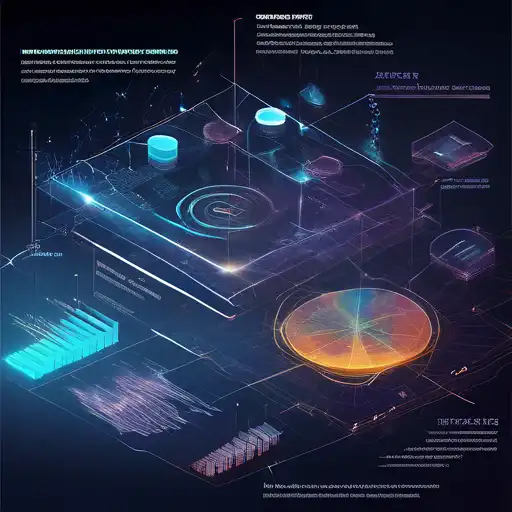Introduction to Data Visualization
In the era of big data, the ability to visualize complex datasets in an understandable and actionable manner is invaluable. Data visualization techniques transform raw data into visual contexts, such as charts, graphs, and maps, making it easier to identify patterns, trends, and outliers. This article explores the most effective data visualization techniques that can help businesses and individuals gain better insights from their data.
Why Data Visualization Matters
Data visualization is not just about making data look attractive; it's about making data accessible and comprehensible. By leveraging visual elements, stakeholders can grasp difficult concepts or identify new patterns quickly. Effective visualization helps in storytelling with data, enabling decision-makers to act upon insights derived from data analysis.
Key Data Visualization Techniques
There are several data visualization techniques, each suited for different types of data and insights. Below are some of the most powerful techniques:
- Bar Charts: Ideal for comparing quantities across different categories.
- Line Graphs: Best for visualizing data trends over time.
- Pie Charts: Useful for showing proportions and percentages within a whole.
- Scatter Plots: Excellent for identifying correlations between two variables.
- Heat Maps: Great for visualizing complex data like user behavior on websites.
Advanced Visualization Techniques
For more complex datasets, advanced visualization techniques can provide deeper insights:
- Interactive Dashboards: Allow users to explore data dynamically, filtering and drilling down into specifics.
- Geospatial Mapping: Visualizes data in the context of geography, ideal for location-based insights.
- Network Diagrams: Show relationships between entities, useful in social network analysis.
Best Practices for Effective Data Visualization
To maximize the impact of your data visualizations, consider the following best practices:
- Know your audience and tailor the visualization to their level of expertise.
- Choose the right type of chart or graph that best represents your data.
- Use color and size strategically to highlight important information.
- Keep it simple; avoid clutter and unnecessary decorations.
- Ensure your visualizations are accessible to all users, including those with color vision deficiencies.
Conclusion
Data visualization is a powerful tool for uncovering insights that might remain hidden in raw data. By selecting the appropriate techniques and adhering to best practices, you can transform complex datasets into clear, actionable intelligence. Whether you're a business analyst, data scientist, or just someone interested in data, mastering data visualization techniques is essential for making informed decisions in today's data-driven world.
For more insights into data analysis and visualization, explore our Business Intelligence section.
